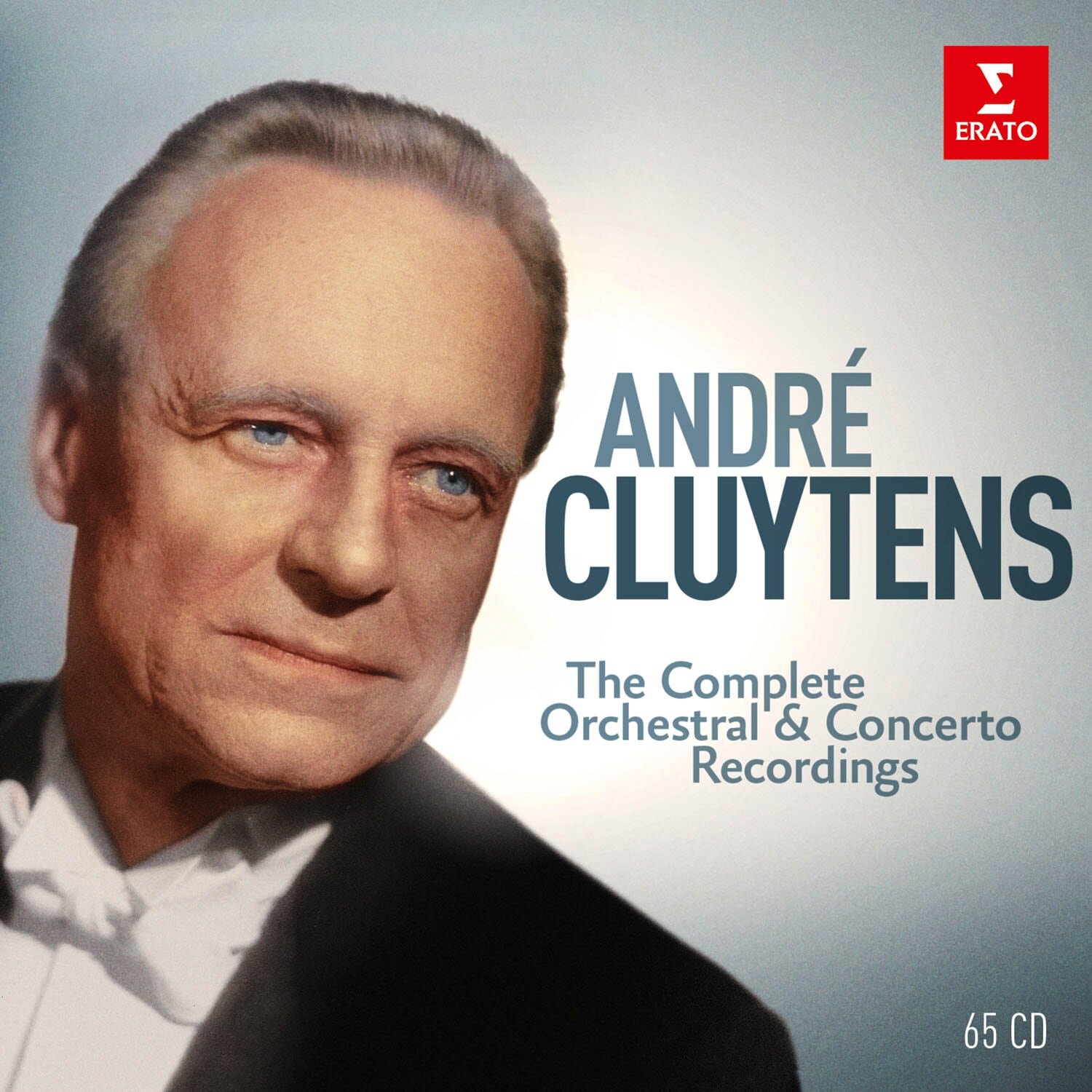Much smaller (30x50x15mm) than a smart phone! About the same weight (20.9g) as many USB stick drives! Can easily power (250 mW into 32 Ohms) headphones (not just earbuds) without a sweat! It’s the Periodic Audio Nickel, a super-compact $299 headphone amplifier that can be used on the run.
It is essentially the size of a small box of matches. It is made in the USA. I gave it a quick try at the recent RMAF in Denver in early October 2018, was impressed, and the ever so friendly Periodic Audio Co-Founder Daniel Wiggins offered to send me a review sample (and thanks to Sue Toscano for helping).




















